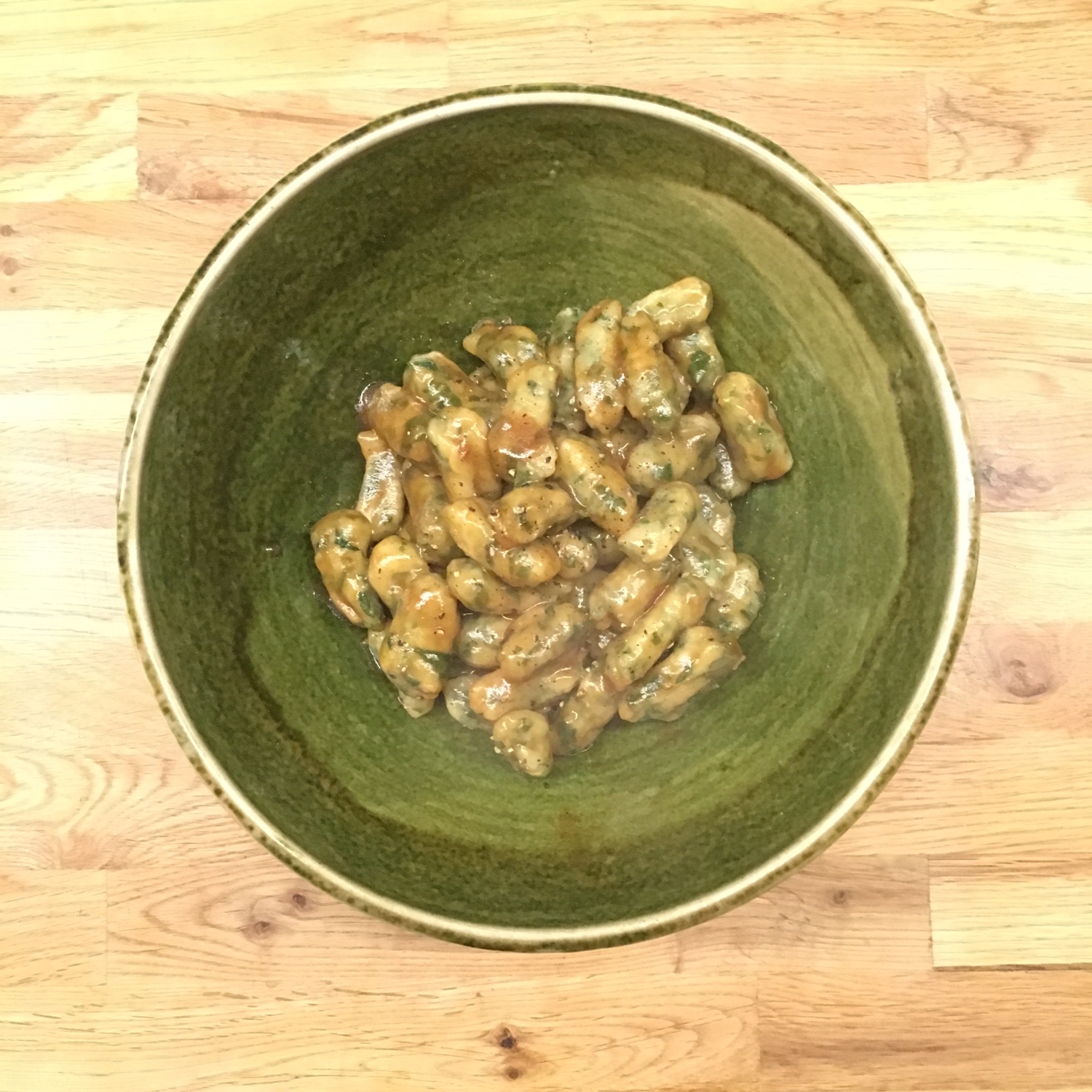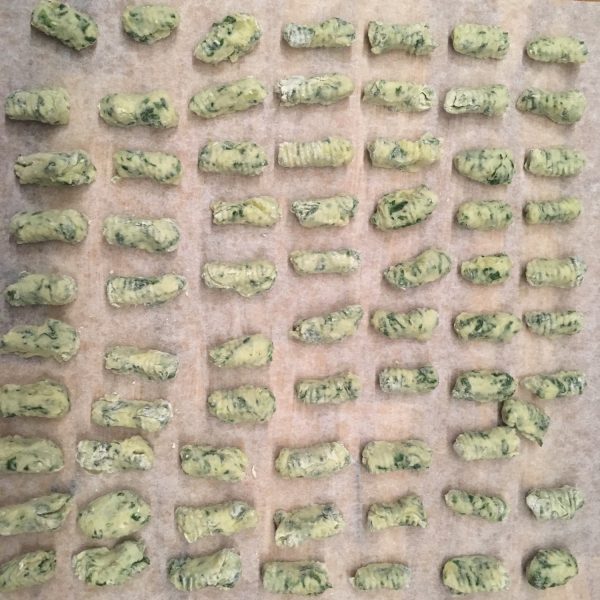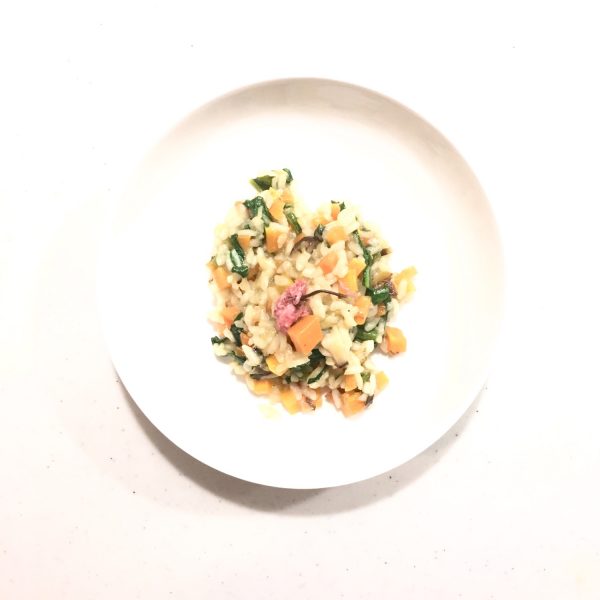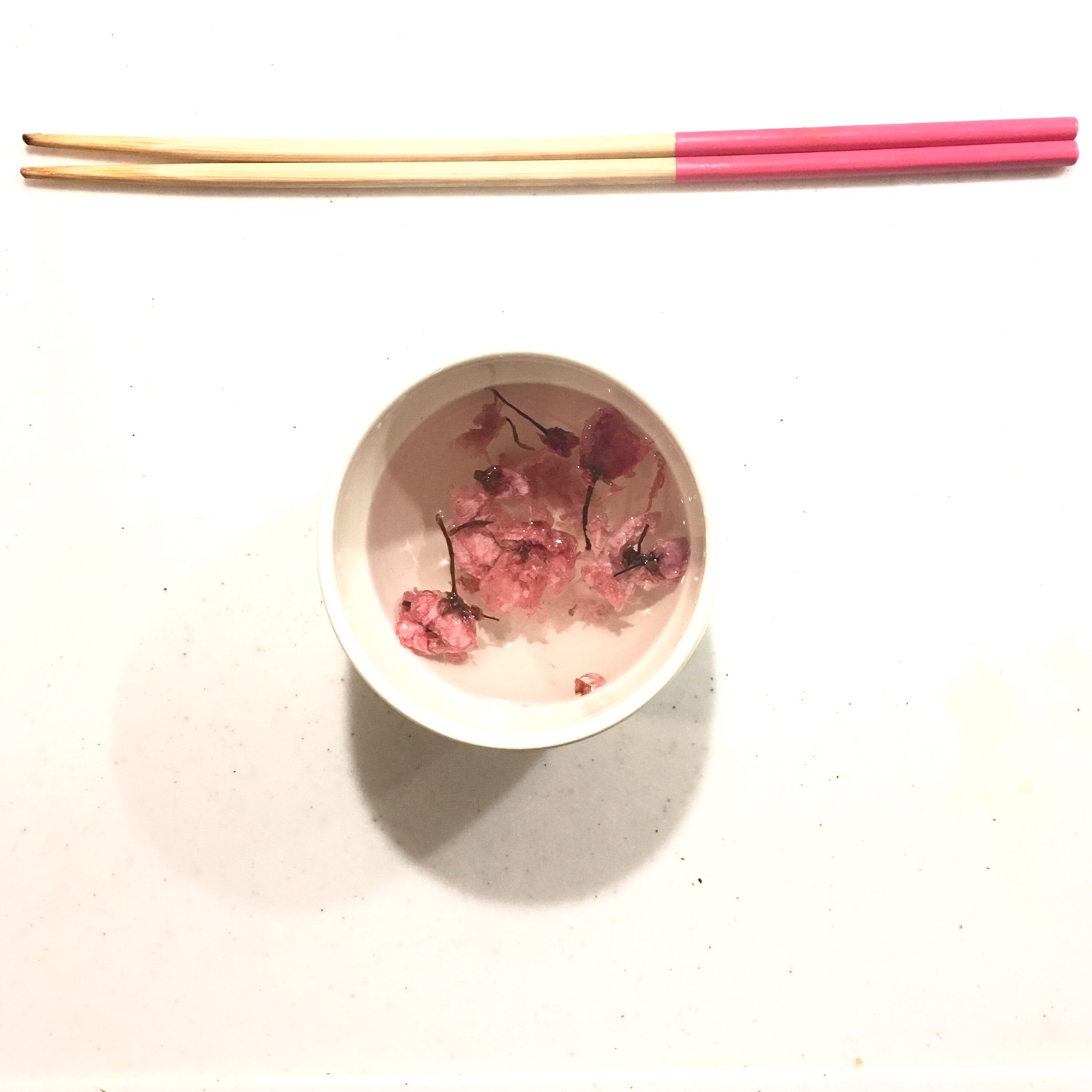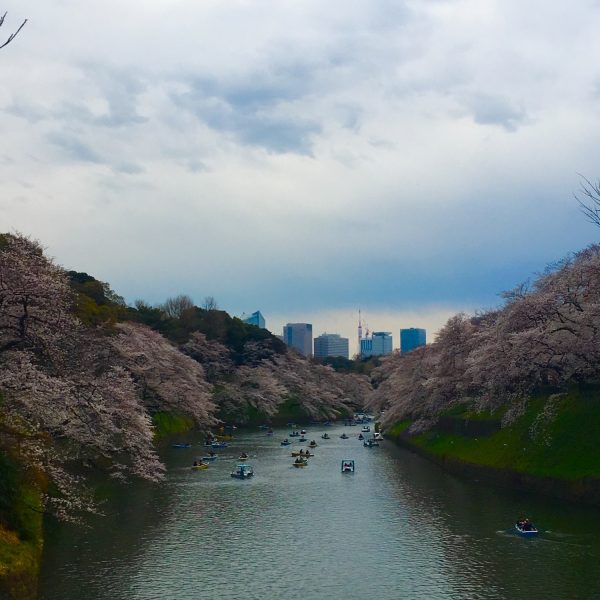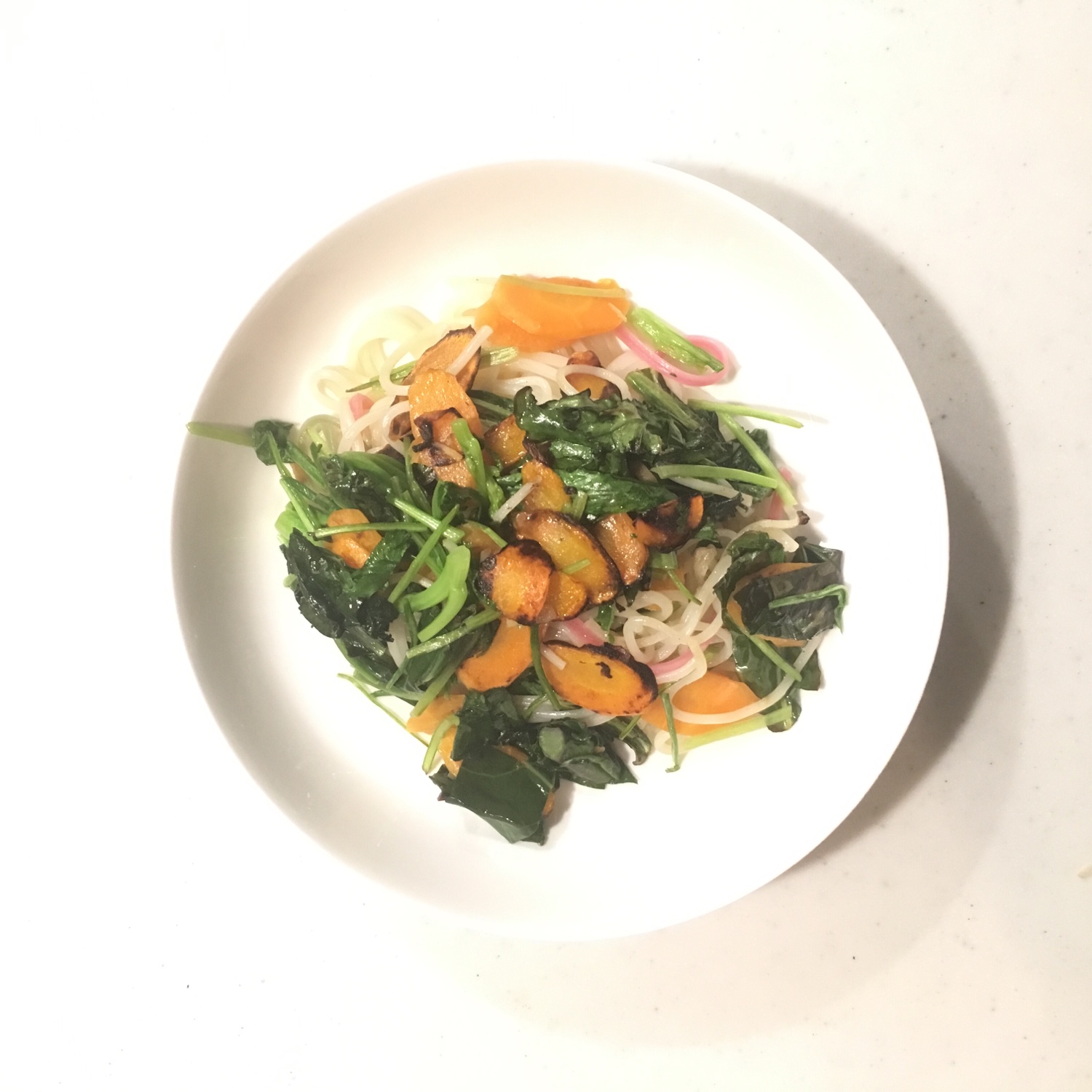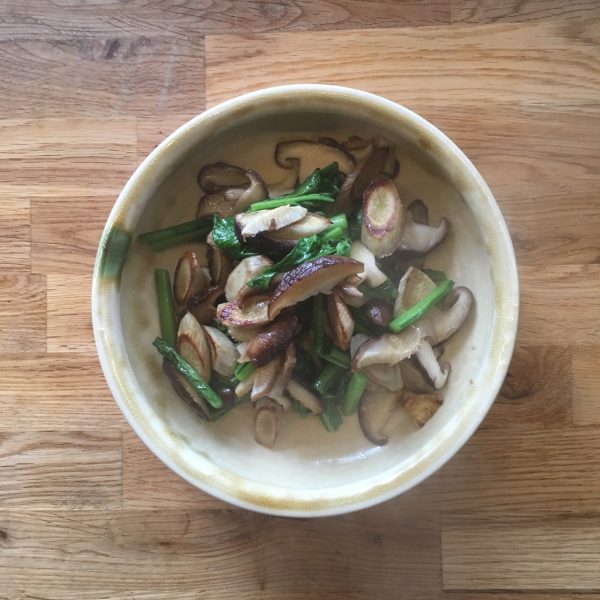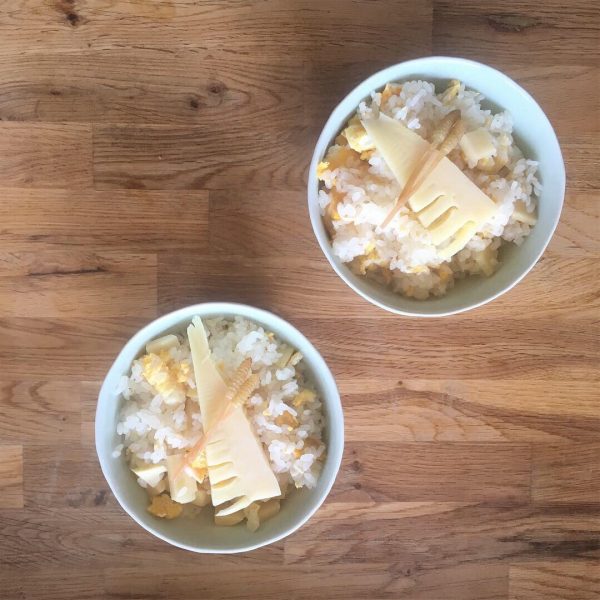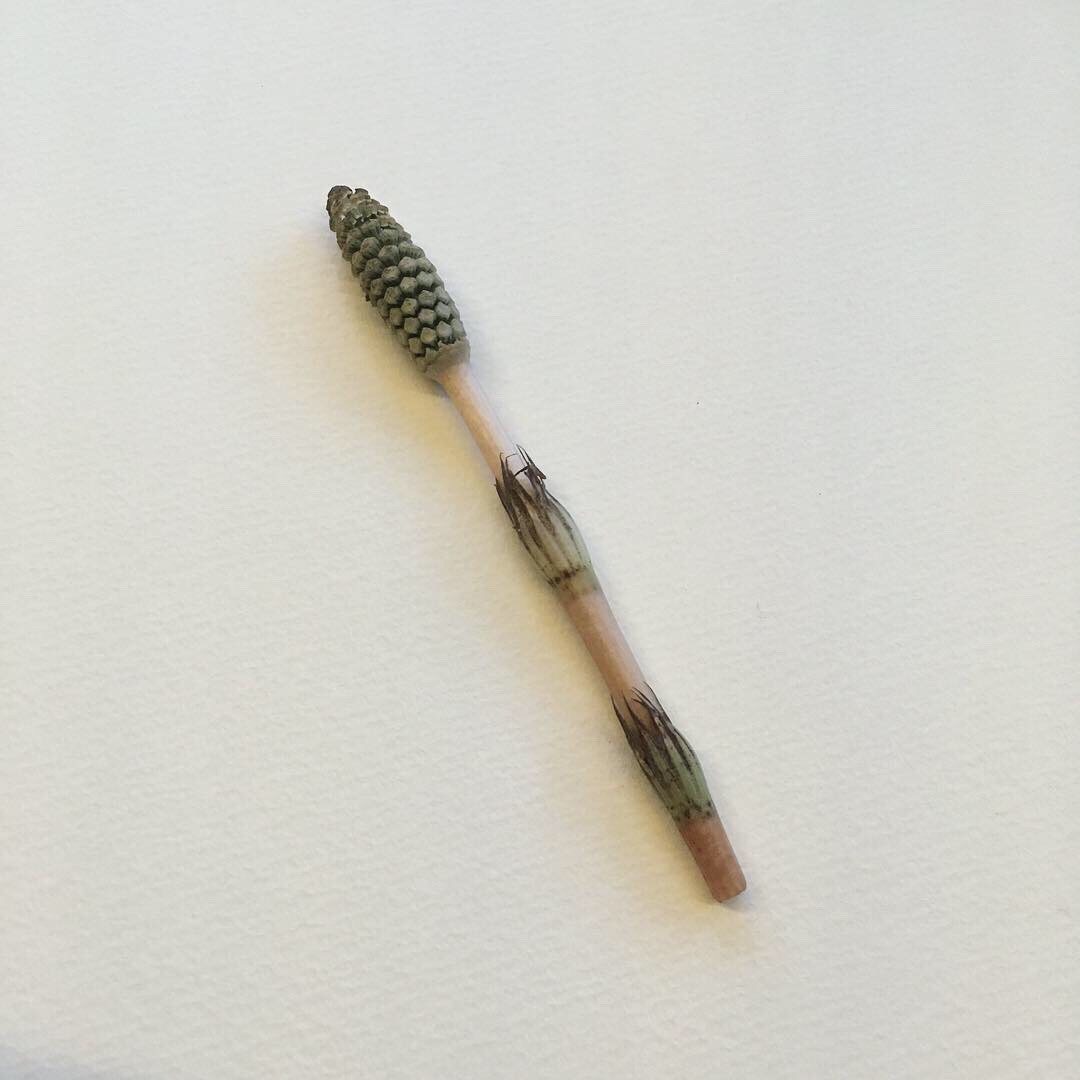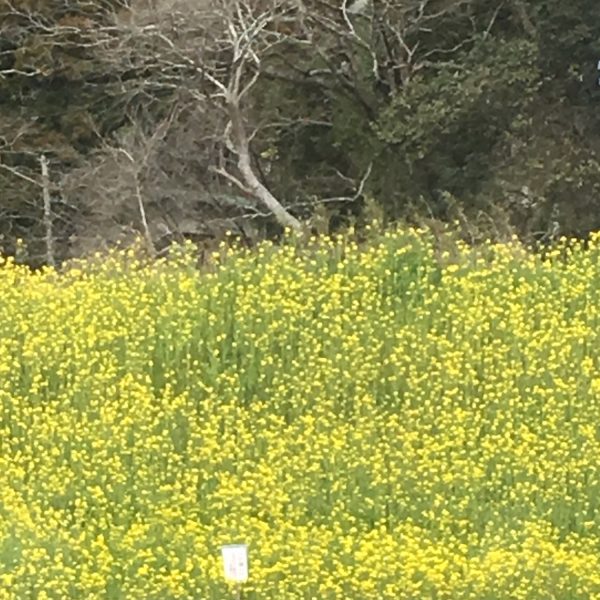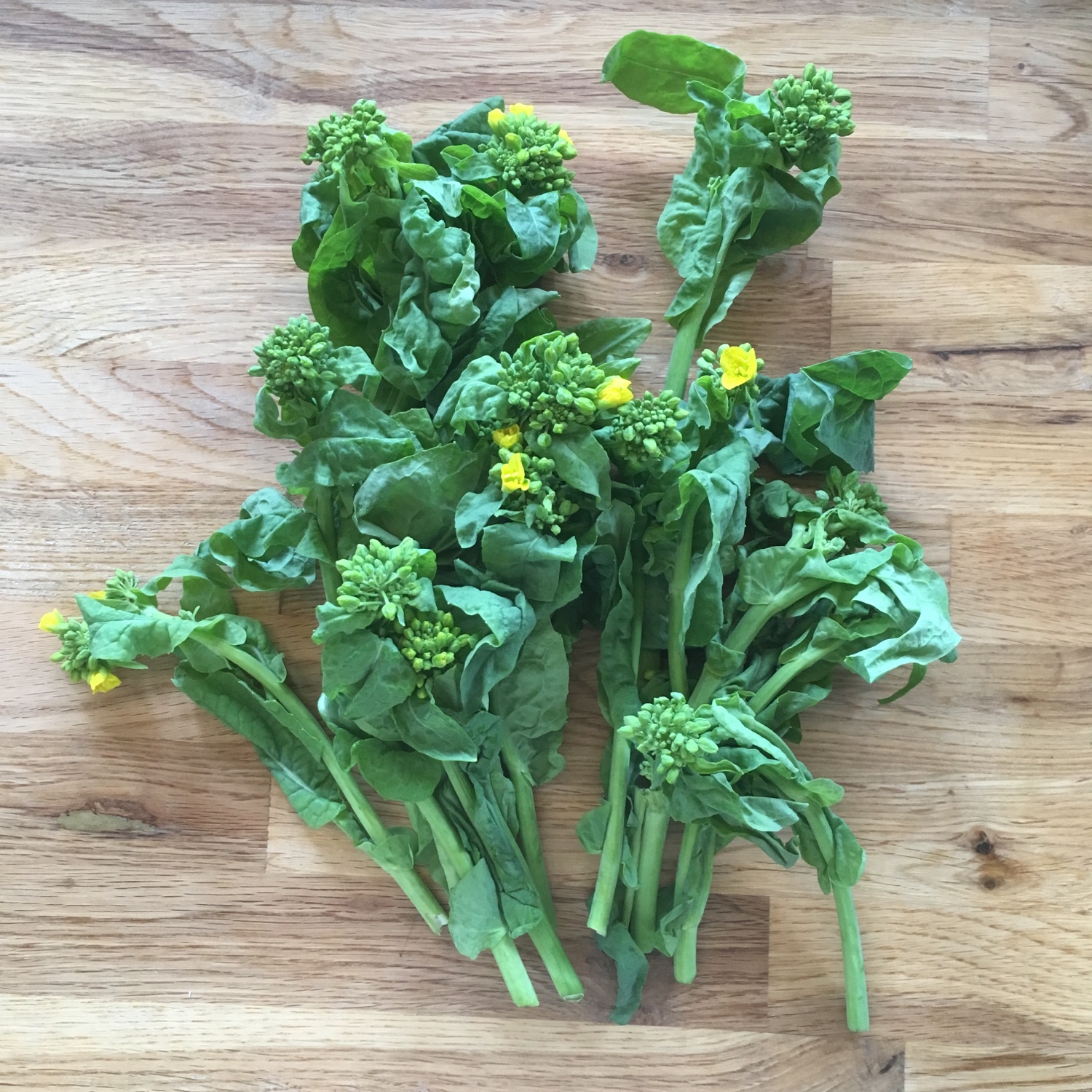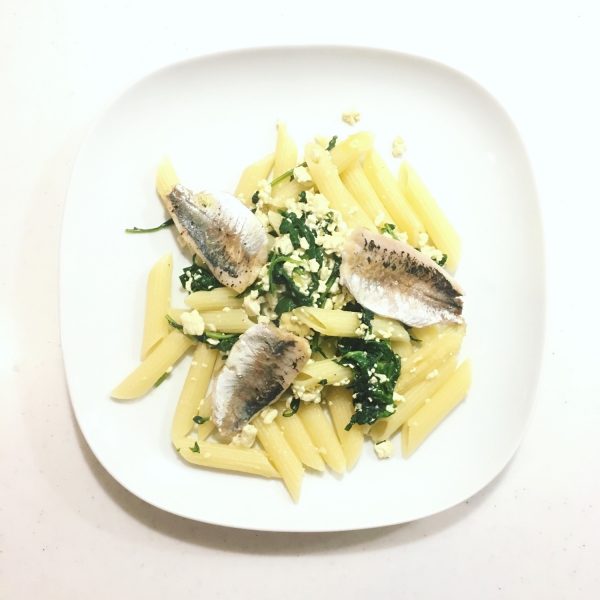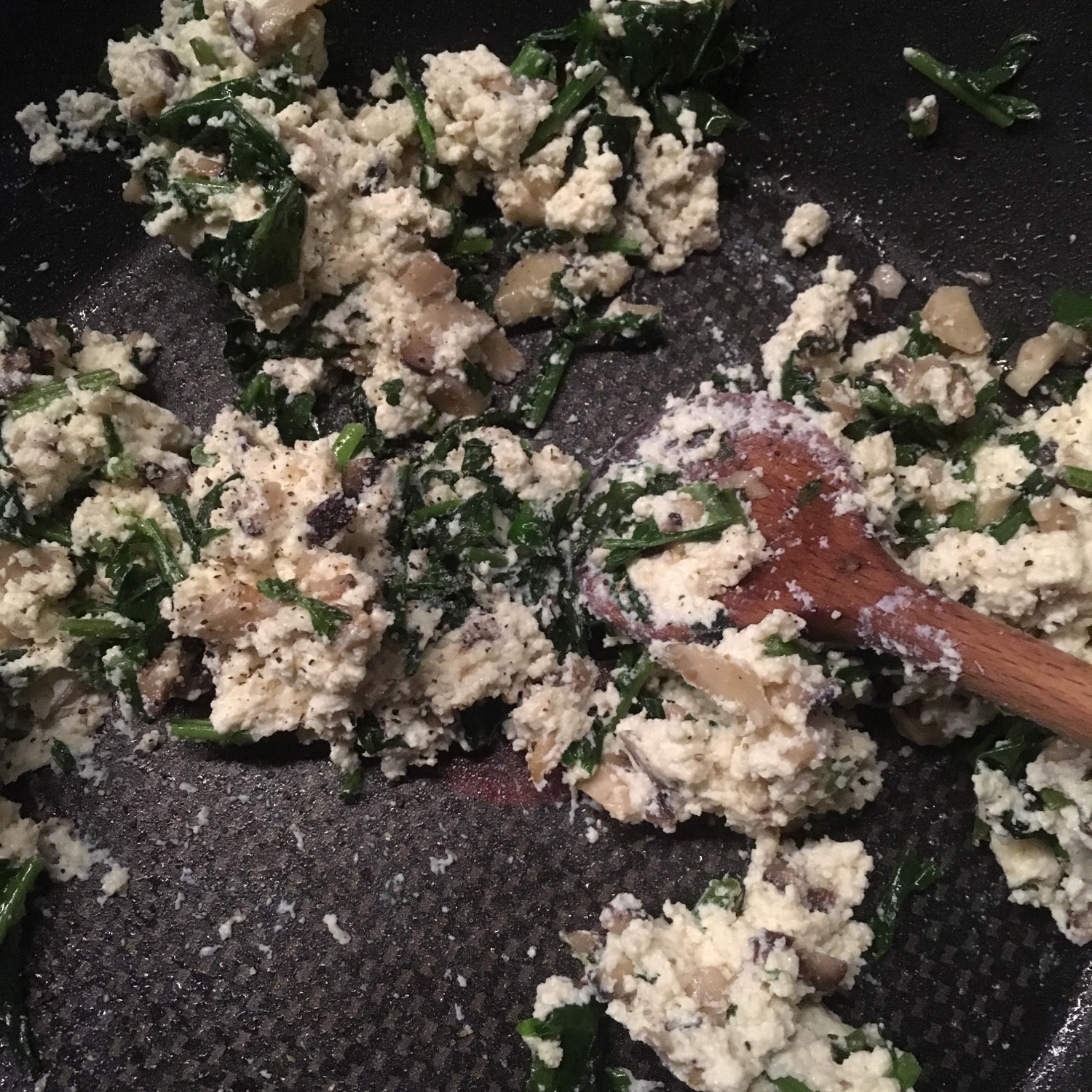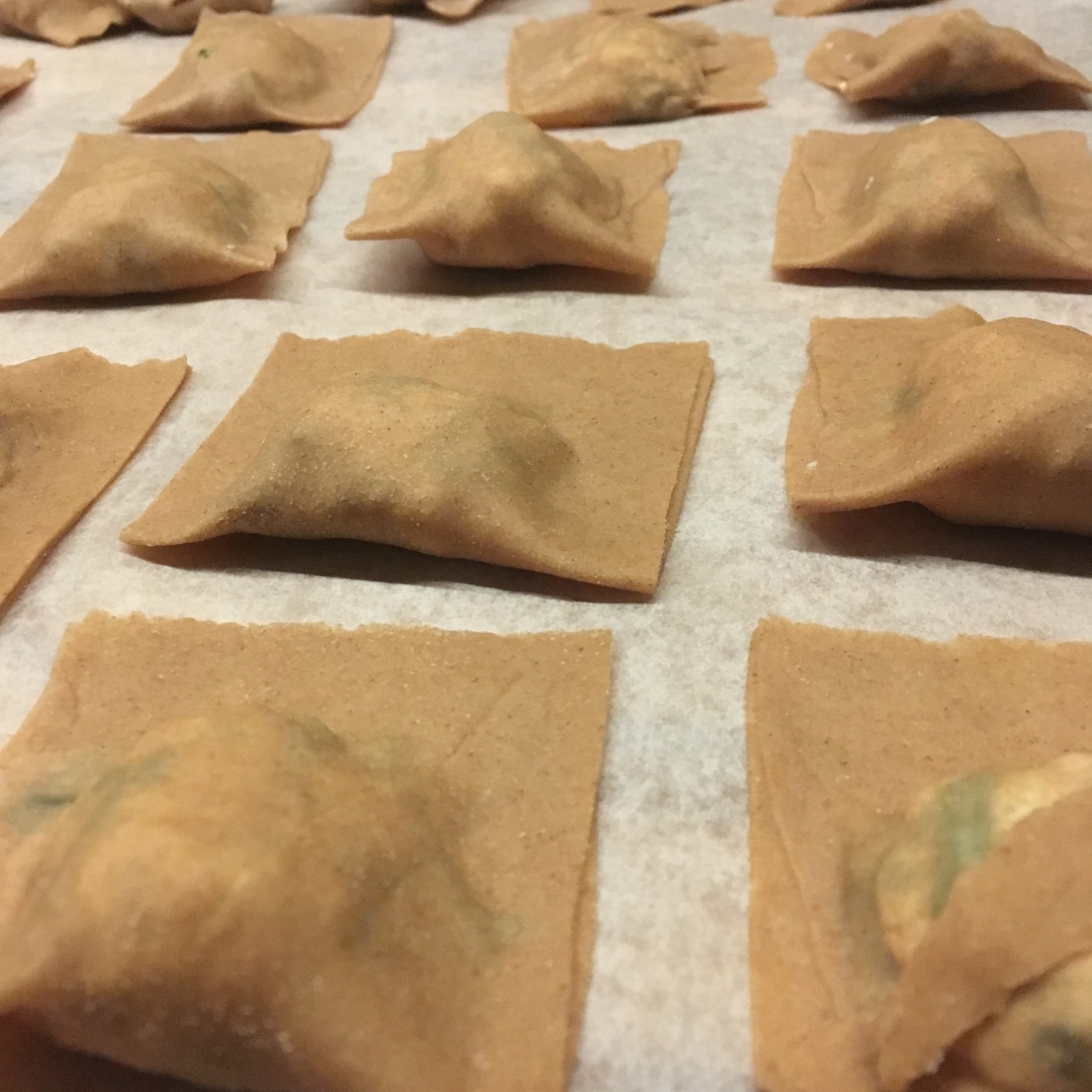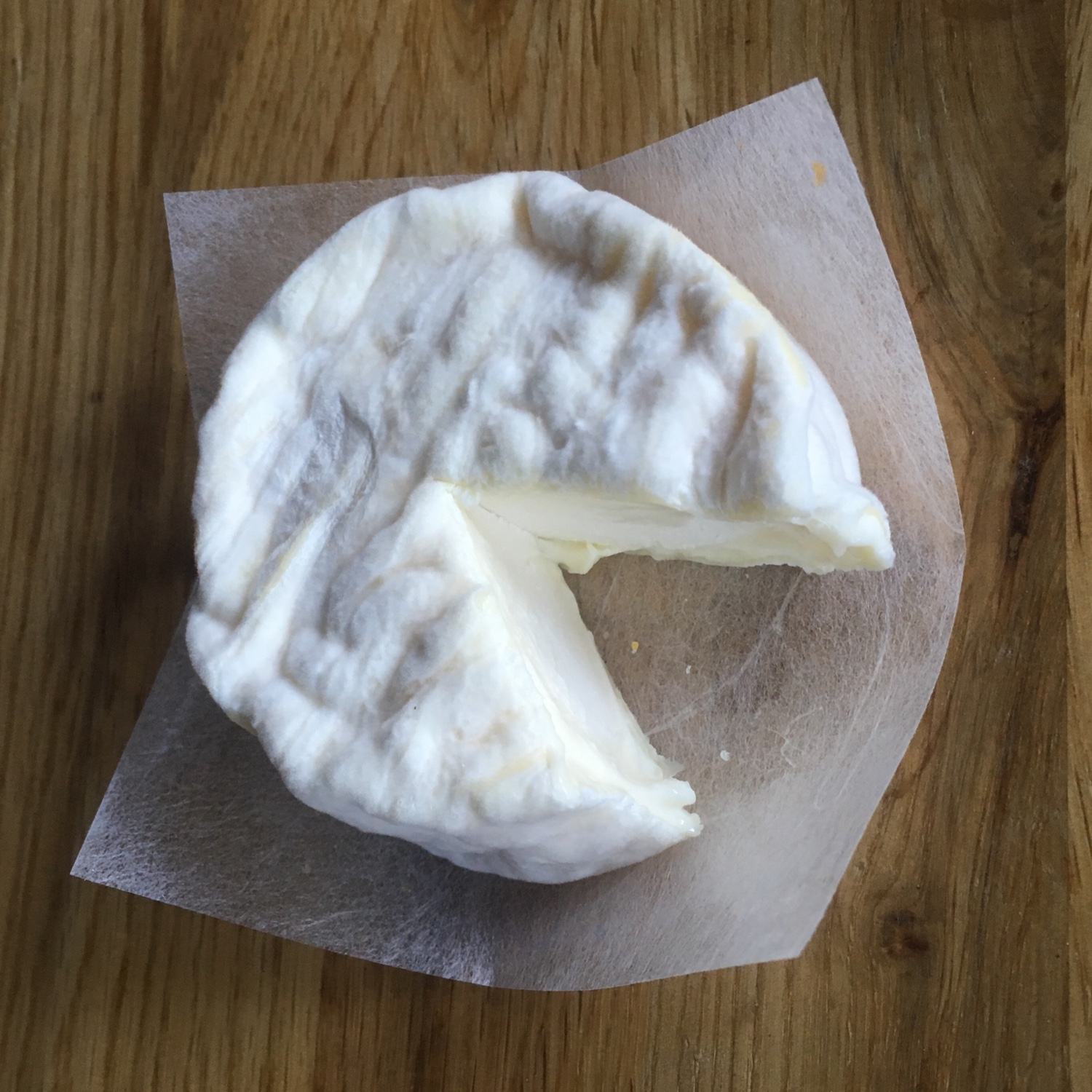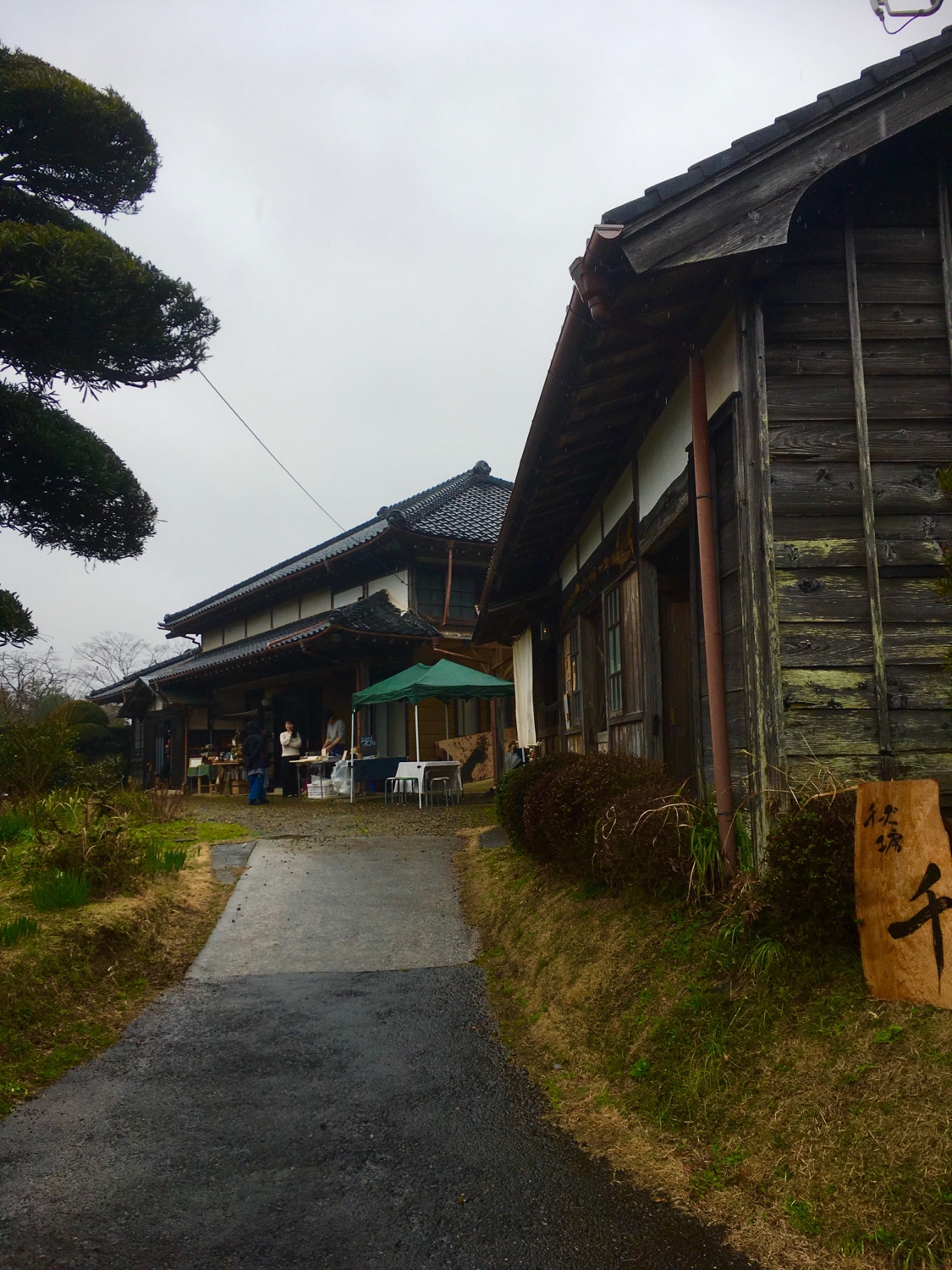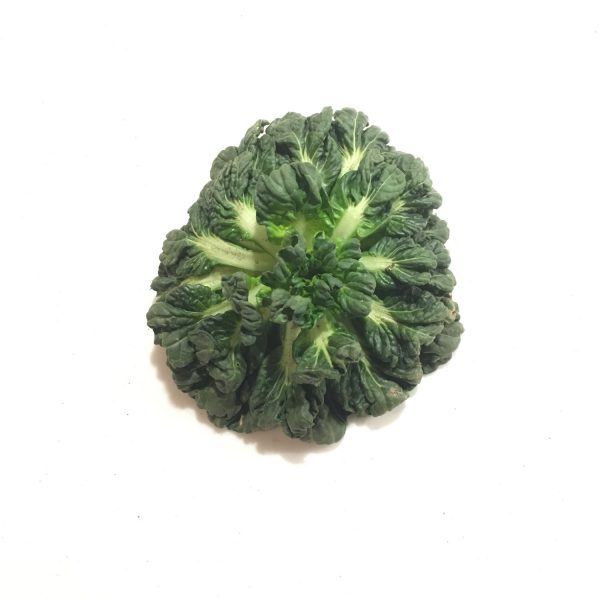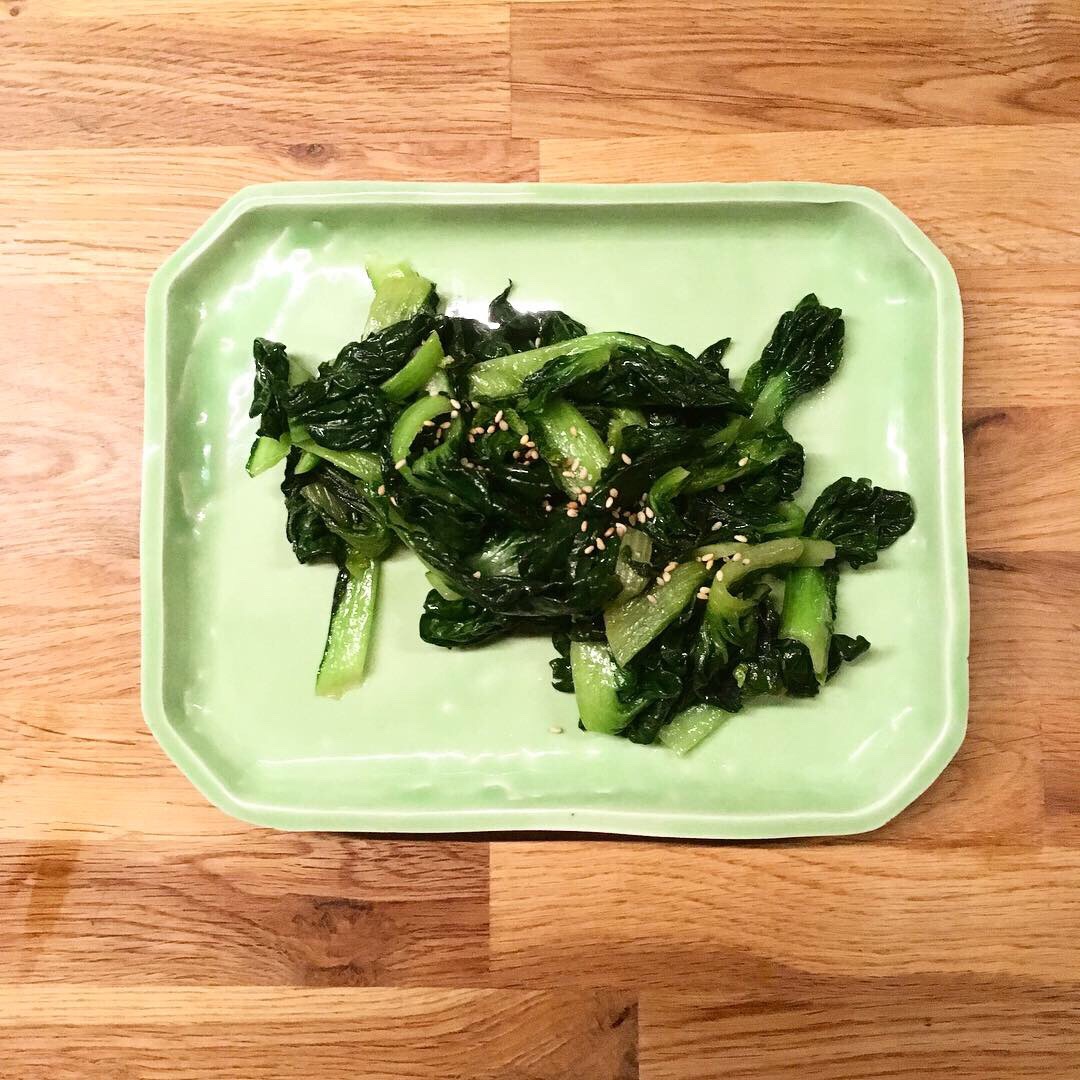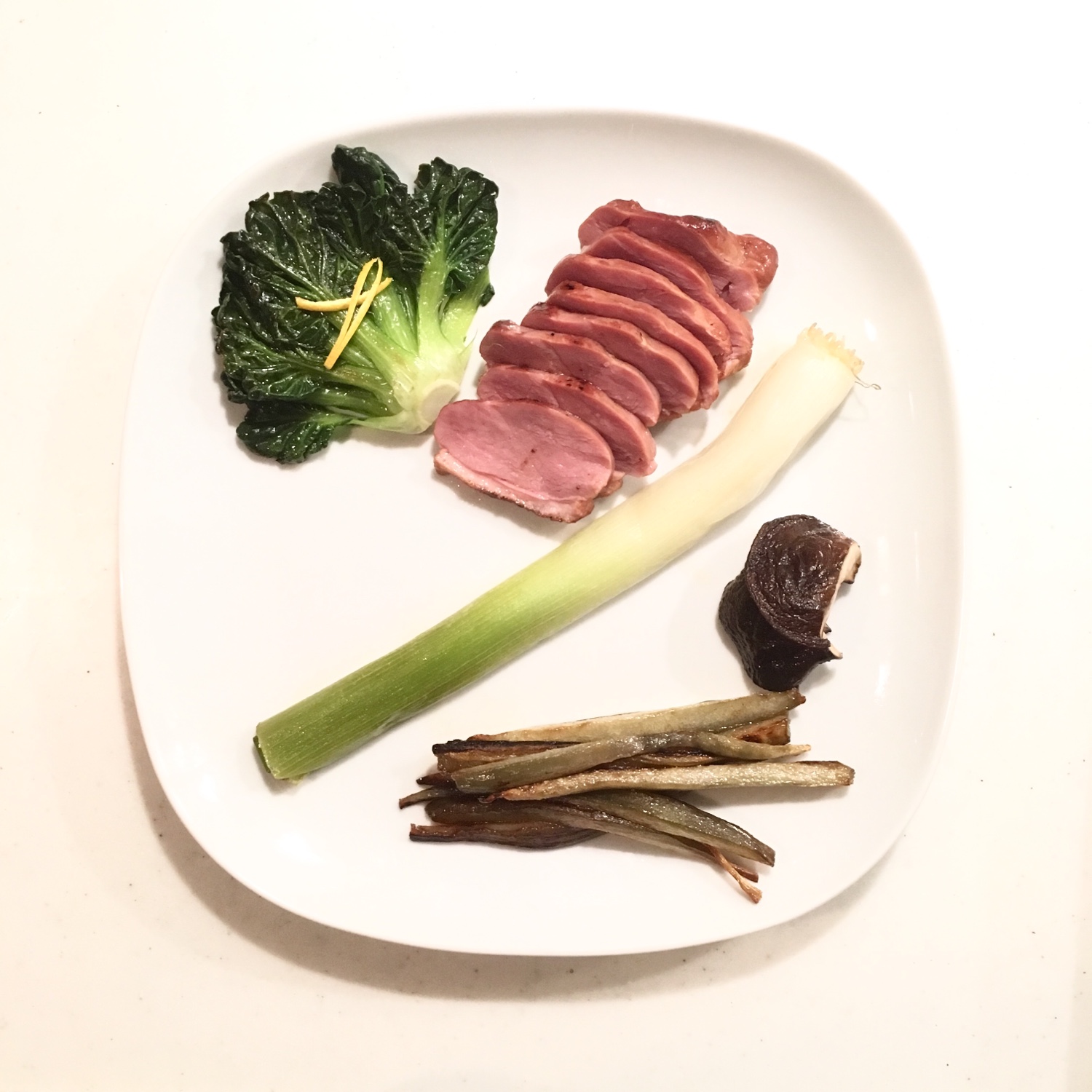This is far from being the first time I post about ashitaba (明日葉), or if you prefer angelica. I love this herb and the magic combination with potatoes and pork. I know I should be trying new combinations, but you have a solid recipe, it’s great to do it again and again with small variations. This new gnocchi recipe is even simpler than the previous one I posted a couple of years ago and as delicious! I served with pork filet cooked in olive oil and use the cooking juice as dressing for the gnocchi, with just salt and pepper. Of course olive oil is enough!
Ashitaba gnocchi (4 servings as side)
– 3 large potatoes
– a bouquet of ashitaba
– flour
– salt, pepper, olive oil for the dressing
As usual boil the potatoes with the skin. When the potatoes are tender, let them cool down a bit, peel them and mash them with a fork. Blanche the ashitaba and drain them very very well (as soon as they are cool enough squeeze them in your hands), then chop them finely with a knife or scissors. Add to the potatoes. The mixture should be creamy. Add flour and knead until the mix is dry enough to shape the gnocchi. As always the less flour the better, hence the need to avoid excessive moisture. When dry enough shape your gnocchi. I usually line them on a piece of cooking paper. Boil them until they float when you want to eat them. Dress with olive oil, salt and pepper or like me this time with pork filet juice.
